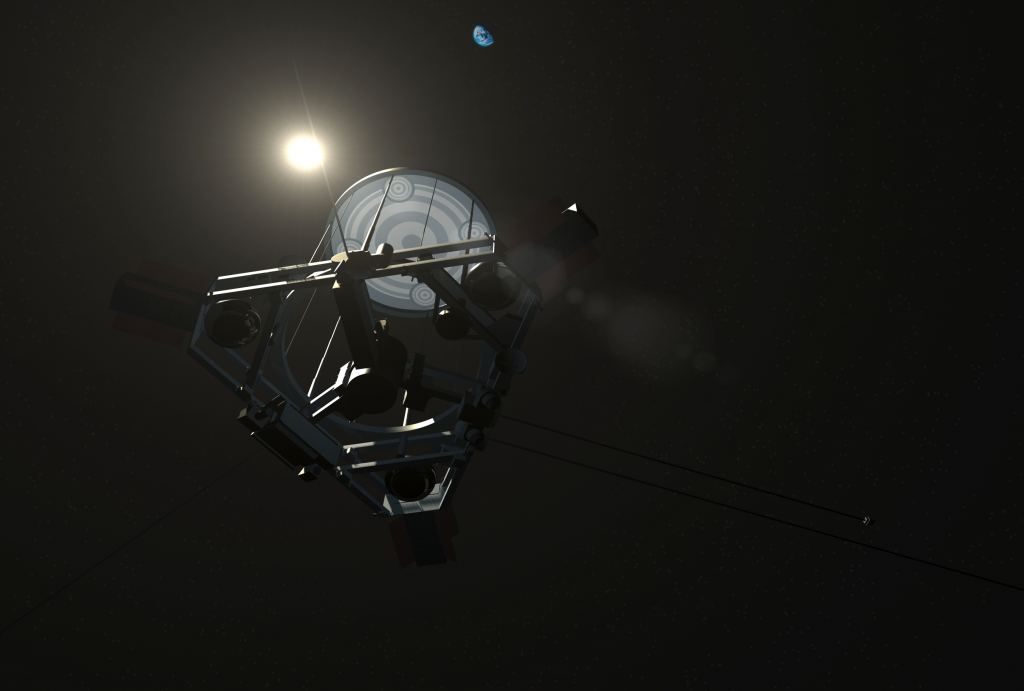Astronomy Jargon 101: Interstellar Medium

In this series we are exploring the weird and wonderful world of astronomy jargon! You’ll have a lot of time to contemplate today’s topic: the interstellar medium! What fills the vast spaces between the stars? Mostly nothing – those expanses would register as a vacuum in a laboratory here on Earth. But it’s not completely, totally, 100% empty. If you look closely, and wait long enough, you’ll see a beehive of activity. Charged particles zipping by. Tiny grains of dust drifting around. Atoms and molecules slowly waltzing. This is the interstellar medium. These characters from from all sorts of places. Some of the atoms, like hydrogen and helium, have been floating around since the Big Bang. Powerful explosions like supernovae release floods of cosmic rays, which are charged particles traveling at nearly the speed of light. In the cold expanses of the galaxy, molecules can find each other, forming drifting clouds of dust grains. But there isn’t a lot of stuff. In the coldest and densest parts of the interstellar medium, densities can reach a million molecules per cubic centimeter. In the hottest, most diffuse parts, the densities drop to 10?4 per cubic centimeter. For a comparison, the density of the Earth’s atmosphere at sea level is about 1019 molecules per cubic centimeter. The densest regions of the interstellar medium, known as molecular clouds, serve as nurseries for stars. These take up less than 1% of the volume of the galaxy. When stars form, they vacuum up huge quantities of gas to form planetary systems. When stars die, they release their material back into interstellar space in the form of supernova shockwaves and stellar wind bubbles. This replenishes the supplies. In 2012 the Voyager I spacecraft became the first human-made object to reach the interstellar medium, and it is still sending back precious data about these regions today. The post Astronomy Jargon 101: Interstellar Medium appeared first on Universe Today.
Read original article here.
Written by: Paul M. Sutter

Facebook Comments